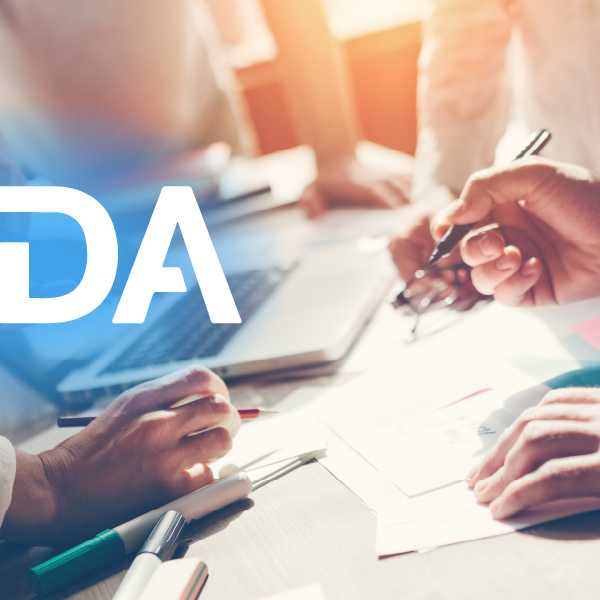How to Achieve Compliance for Feasibility Studies with Digital Health Technologies

Digital Health Technologies (DHTs) are rapidly innovating the health care and pharmaceutical industries. DHTs like mobile medical apps, wearable devices, telehealth and telemedicine have the potential to increase the focus on patients and enhance the delivery of their care.
However, given that this is a relatively novel approach to development, it can be challenging to prepare a clinical trial for a DHT that ensures regulatory compliance. Some frequently asked questions have been answered below.
Investigational New Drug (IND) application – Do I need to submit one?
Some DHT trials may be conducted under an existing IND. If not, an exploratory IND may be sufficient in some cases. You can find the FDA Guidance on Exploratory IND Studies here.
Investigational Device Exemption (IDE) – Do I need to submit one?
A nonsignificant risk (NSR) device study requires only IRB approval prior to the initiation of a clinical study. Sponsors of studies involving NSR devices are not required to submit an IDE application to the FDA for approval. The IRB must concur with the NSR determination and approve the study. You can see the FDA’s definition of NSR here.
A ”Study Risk Determination Q-Submission” can also be submitted to request the FDA’s determination of whether a planned medical device clinical study is significant risk, nonsignificant risk, or exempt from IDE regulations.
For significant risk (SR) devices, an IDE is required prior to the initiation of a clinical study.
If both an IND and IDE are necessary, and the information required for the IDE application is also contained in the IND, consider consulting the Center for Devices and Radiological Health to streamline the IDE application submission process.
What application components must be prepared based on the level of risk associated with the device?
- Nonsignificant risk (submitting to the IRB only): see abbreviated requirements in 21 CFR 812.2(b) addressing labeling, IRB approval, informed consent, monitoring, records, reports, and the prohibition against promotion. Submit the following to the FDA:
- Explanation of the Sponsor’s determination of associated risk
- Risk minimization procedures: the risk of using a DHT in a clinical investigation can generally be broadly categorized as clinical risks and privacy-related risks, although there is some overlap between those two areas
- Description of the device
- Reports of prior investigational plan
- Subject selection criteria
- Any other information the IRB may need
- Significant risk (IDE application): depends on whether the feasibility trial is classified as early or traditional
- Early feasibility studies may require less nonclinical testing and may be easier to modify during trial conduct
- See here.
- See IDE regulations for the required contents of an IDE submission
- Early feasibility studies may require less nonclinical testing and may be easier to modify during trial conduct
Are the selected devices considered “fit for purpose”?
Some questions to consider:
- What verification and validation data made available by manufacturer(s) or other third parties can be leveraged?
- What additional verification and validation steps may be required for the initial clinical trial?
- Is there value in submitting a voluntary qualification proposal? This is for devices intended for multiple trials with a specific context of use?
For any of the above submissions, explain why the DHT is fit-for-purpose for use in the clinical investigation and include:
- Basic information about the DHT: the relevant physical characteristics of the DHT, data output provided to the Sponsor and investigator, and information on how the DHT measures the clinical event or characteristic of interest. For commercially available DHTs, the technical specifications and descriptions provided by the DHT manufacturer may be sufficient.
- Plan for consistent data collection: describe usability-related features (how it is worn, operated, and charged) and plans for controlled access to data and data management.
Is further FDA guidance needed?
Sponsors are encouraged to contact the FDA to obtain further guidance prior to the submission of an IDE application, especially for new technologies. See here.
Sponsors are also encouraged to engage early with the appropriate Center responsible for the medical product under investigation to discuss the use of DHTs in a specific clinical investigation. See Guidance for Industry (fda.gov)
If novel endpoints are being assessed, justification will have to be provided. Sponsors are expected to obtain input from stakeholders to ensure that the novel endpoint is both clinically relevant and the data is adequately captured by the DHT. Discussions with the relevant review division are important in these situations.
What other responsibilities do Sponsors have in DHT trials?
- Training of trial participants and trial personnel
- Plan for technical assistance to trial participants or study personnel for all protocol-specified DHTs
- Risk management plan to address potential problems trial participants may experience when using a protocol-specified DHT
- Safety monitored plan
- Durable electronic data repository
- Contingency plan for and records of changes to the DHT during the clinical investigation
What additional considerations are there for ePRO and eCOAs?
If you are considering electronic patient-reported outcomes (ePRO) or electronic clinical outcome assessment (eCOA) as part of your decentralized study, then licensing should be considered.
From a data management standpoint, when using any device for DCT studies, consider the following:
- Validation of the device
- Translation of outcome assessment
- Integration of the device with your EDC platform for data transmission
- Format of data transfers and volume of data to be transferred
- Technical support and training
Other considerations for Sponsors
See Guidance for Industry (fda.gov) for additional details on the following:
- The informed consent process, especially factors unique to DHTs
- Requirements for Record Protection and Retention (see also: Use of Electronic Records and Electronic Signatures in Clinical Investigations Under 21 CFR Part 11 – Questions and Answers | FDA)
By: Dr. Amanda Beaster, Associate Director of Regulatory Strategy
If you need regulatory support for studies involving digital health technologies, or any other regulatory support, email info@mmsholdings.com for more information.
Doreen Van Huyssteen, Senior Manager, Data Management and Dr. Christine Clarke, Global Regulatory Affairs Manager, also contributed to this article.











